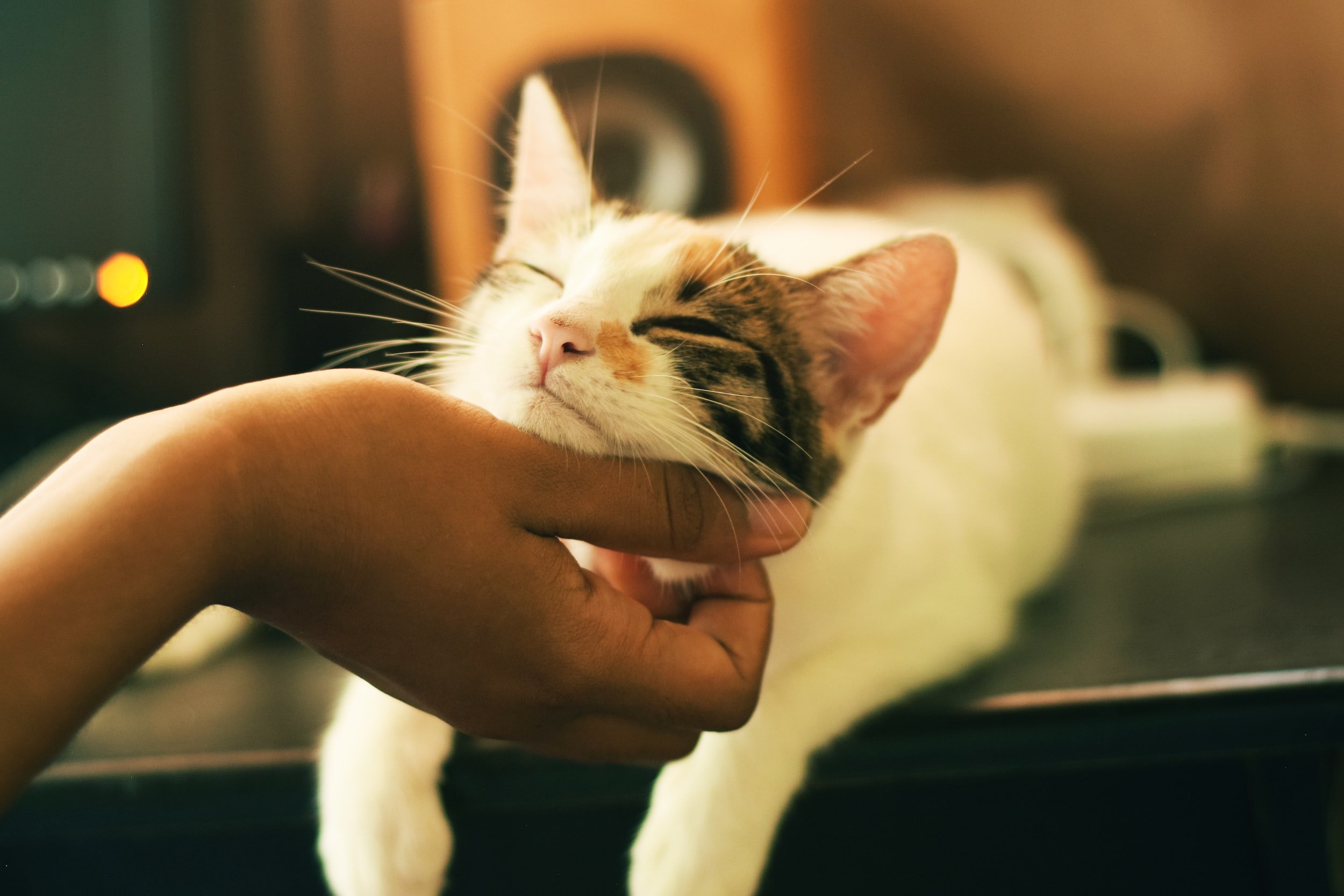Antibiotic reduction
Albert Alexander is a name that a few readers may be familiar with. He is the first patient to be treated with Penicillin. He developed an infection after a nasty scratch from a rose bush and became very ill.
Dr Florey and his team were working on the Penicillin that had been developed by Fleming. They knew that the outlook for Albert was grave and felt that it would be worth trying the new treatment. The good news was that he improved significantly in the first 24 hours. Sadly however there was not enough Penicillin available to complete the treatment. As the treatment came to an end Albert went into relapse and passed away.
Today we are blessed with a much more sophisticated pharmaceutical industry that has the ability to produce large amounts of a given antibiotic. However we are in a crisis. The resistance of bacteria is catching up fast and we have a steadily decreasing pool of reliable and safe antibiotics to choose from.
This has been known about for some time and most people will be aware that we are working hard to limit our antibiotic use to those situations where they are really needed. This means that we have to think outside the box and support patients with potential infections with a different approach.
Louis Pasteur is famous for having developed his germ theory for disease. This was in the very early stages of the microscope. He had put together the theory that the micro organisms that were being seen were the cause of many infections. What is interesting is that toward the end of his career he changed his take and developed the view that “It is the soil, not the seed" that is the important bit. That is, the host has to be susceptible in the first place for the infection to take hold.
In Holistic Lifepath terms, it is the challenge, relative to, the ability to respond.
What that means is that while it is important to recognise and deal with the challenge of the bacteria. It is also very important to improve the patient’s ability to respond.
This is where the Traffic Light Approach is a very useful tool:
Red - for any conventional treatments that may be needed.
Amber - for holistic support that improve the patients ability to respond.
Green - for good husbandry and hygiene.
If we weave these together well we will get good results. The better we get at the Green and the Amber, the less time we will need to spend in the Red.
In 2017 I developed a small pilot study of farms that had done the HAWL course and were using homeopathic approach successfully. I was curious to see if the homeopathic approach was helpful in making the farms less reliant on antibiotics. We work with five farms in all, though two pulled out (one was busy fitting a new milking parlour and the other was expanding the farm). For the three where we did get data, the results were very promising.
Farm A - Showed a gradual decrease in antibiotic use from the time they started using homoeopathy. There was a slight increase when then had new staff, which then went down again when the staff also did the HAWL course. There was a slight rise in the last year of study due to a nasty E.coli problem which needed Red Level support.
Farm B - Was gradually reducing antibiotic use with the use of homoeopathy doing self study at home. Then they did the HAWL course to boost their skills. For the next four years they only used antibiotics twice.
Farm C - Had been using homeopathy for quite some time. Similarly they had not been using antibiotics for a decade.
All of this was achieved without compromising overall livestock and welfare. The farms also continued to run well from a business perspective.
For me this was a lovely demonstration of how an Integrated Holistic Approach can be used to steadily move a farm further away from the Red and closer to the Green. This was a pilot project study and will be followed up by looking at more farms over the next few years. Watch this space!











